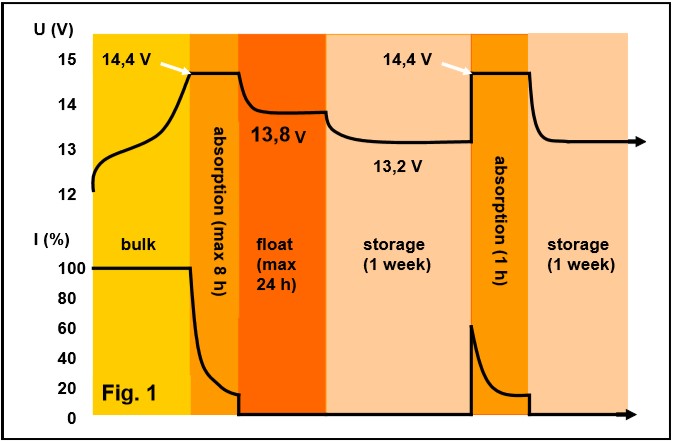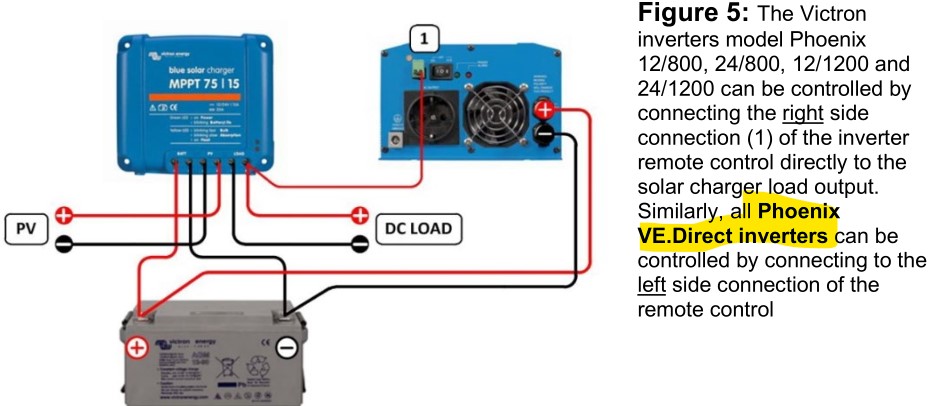Hello,
Smaller Solar Controllers providing one (1) connector for the Batteries and one (1) connector for the load. But with all larger installations, Solar Controller and Inverters are connected in parallel to the batteries not using the load connector, which even doesn't exist. That confuses me.
I understand that (one of) the purposes of the Solar Controller is to control the charging process of the batteries preventing over -charging and -discharging to increase the life time.
But connecting the Inverter in parallel to the Solar Controller how does the Solar Controller detects that the batteries are already fully charged if the inverter withdraws still current?
In other words, there are two (2) consumers getting load from the Solar Controller, how does the Solar Controller distinguishes between the different demand of them?
Secondly, in case the inverters withdraws more current the Solar Controller (better: the PV panels plus the batteries can provide (causing an over-discharging), which elements detects and disconnects the consumers?
Having a separated connector for the load, the Solar Controller can disconnect the consumer in case the batteries are discharged but continue to charge the batteries. After the batteries are recovered, the load can be connected again.
So the Solar Controller is "in charge of/responsible for" the batteries. But connecting the inverter directly to the batteries, the Solar Controller is bypassed.
Is my understanding correct or do I miss something?
Thanks in advance.
Regards
Olrik


